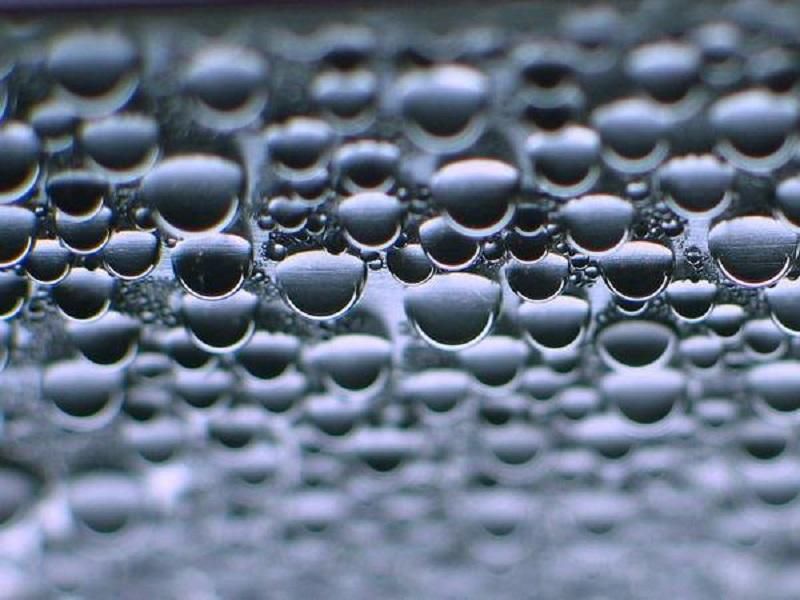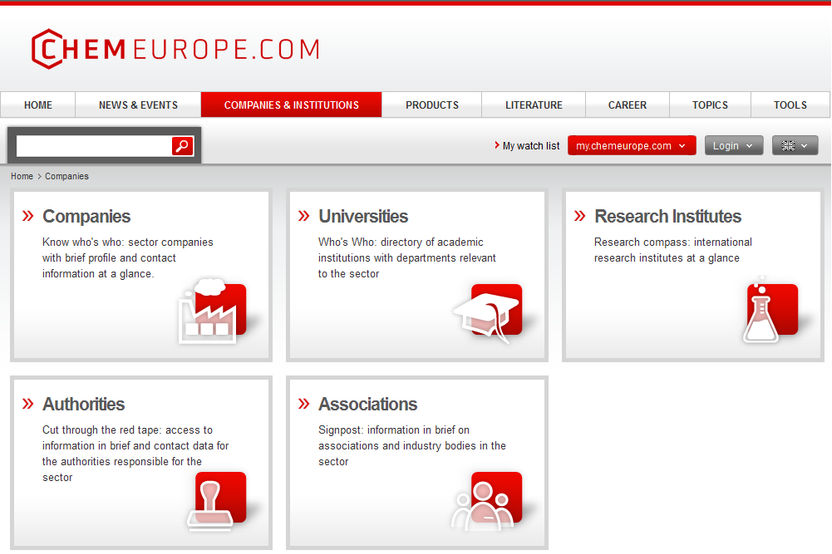Consumer products - Safety instead of diversity
Globalised markets are a challenge for consumer protection
Last year an American toy manufacturer called back more than 20 million products; they contained components which were dangerous for children. The products had been manufactured in China and the call-back action sparked a wide debate about the safety of toys and other consumer products from China. The globalisation of markets and the hugely differing statutory provisions for products, which consumers come into daily contact with, present the control authorities with a major challenge. Can consumers really rely at all on toys, cosmetics, textiles, food packaging, detergents and cleaning agents being safe?
This question was the central theme at the 5th BfR Forum on Consumer Protection which was held at the Federal Institute for Risk Assessment (BfR) in Berlin. At the Forum entitled "Consumer products - Safety despite product diversity" around 200 participants from the science, control authorities, industry, politics and society discussed the areas in which the safety of consumer products is guaranteed and where there is room for improvement. "There are many products on the market", says Professor Dr. Dr. Andreas Hensel, BfR President, "where we know very little about the ingredients". BfR aims to close some of the gaps in knowledge in future. To this end the Product Safety Department, that currently has a staff of 34, is to be enlarged over the next few years.
Around 80 per cent of the toys on the European market are imported from Asia, predominantly China. The call-back actions by toy manufacturers last year confirmed that these imported products do not always comply with the safety requirements for the European market. These requirements are intentionally strict in order to afford children special protection. They are regulated on the European level in the Toys Directive which is currently being amended. In the amended version greater emphasis is to be placed on the manufacturers’ own controls. At the present time, BfR is of the opinion that the chemical safety of children's toys is not sufficiently guaranteed in the proposal.
The situation looks better in the case of other product groups: many ingredients of cosmetics are already the subject of statutory regulation, for instance in positive and negative lists. In addition, all ingredients must be declared on the packaging using the International Nomenclature of Cosmetic Ingredients (in short, the INCI Code). This declaration is especially helpful for allergy sufferers who can then avoid products containing problematic ingredients for them.
The participants in the Forum considered the labelling of ingredients to be an important consumer information tool and, by extension, a contribution to product safety as long as the wording and contents were easy to understand. Quality seals, by contrast, could only contribute to product safety and consumer information if they are awarded by independent test bodies on the basis of uniform criteria.
But it is not just the labelling on packaging that should meet these criteria; the packaging itself should not constitute a risk for consumers either. There is one special safety standard for the packaging of food. No substances may migrate to the food from packaging which could harm the health of consumers. As packaging is increasingly being manufactured from recycling materials, special processes must be used during recycling to clean these materials. For recycling plastics a regulation will soon guarantee this across Europe. By contrast, at the present time there are no uniform statutory provisions for recycling material from old paper. What are needed here are individual measures like the ones which have been taken for instance for adhesive residues (e.g. di-isobutyl phthalate) in paper and cartons.
Every year several hundred thousand new chemical substances are placed on the market around the world; however only a small proportion of them are used in consumer products. Besides looking at the toxicity of a substance, the assessment to determine whether a chemical substance constitutes a risk to consumer health must also look at exposure. Exposure is the way and scale on which consumers come into contact with the substance. For numerous substances the robust data required for scientific assessment are not available. This is where BfR wishes to close the gaps in knowledge in future. Besides the mechanisms of action of allergenic substances on the skin, the extended Department for the Safety of Consumer Products will also concentrate its research activities in future on tests on the migration of substances from consumer products.
Most read news
Other news from the department business & finance

Get the chemical industry in your inbox
By submitting this form you agree that LUMITOS AG will send you the newsletter(s) selected above by email. Your data will not be passed on to third parties. Your data will be stored and processed in accordance with our data protection regulations. LUMITOS may contact you by email for the purpose of advertising or market and opinion surveys. You can revoke your consent at any time without giving reasons to LUMITOS AG, Ernst-Augustin-Str. 2, 12489 Berlin, Germany or by e-mail at revoke@lumitos.com with effect for the future. In addition, each email contains a link to unsubscribe from the corresponding newsletter.
Most read news
More news from our other portals
Last viewed contents
Cc-chemplorer and SESAMi Form Strategic Partnership To Establish Interoperability

Nedpack Components bv - Harderwijk, Netherlands

New system based on protonated ceramic membranes produces hydrogen industrially - An international team publishes a system that generates this universal fuel with almost no waste




























































